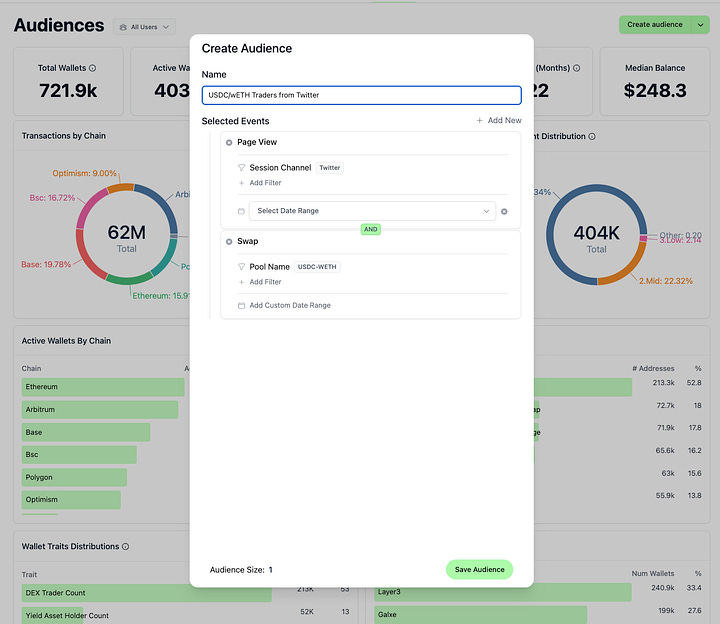'Campers and Camo' for crypto
Bringing boomer direct-mail technology to the degens

In order to properly acquire knowledge of these things, it is necessary to embrace each individual thing with a distinct Idea and a distinct Name, without which the abundance of things would necessarily overwhelm us, and all communication, lacking a common language, would cease.
-Carl Linneaus, Species Plantarum (1753)
Marketers have been bucketing consumers into ‘segments’ or ‘audiences’ or ‘cohorts’ or whatever you want to call them almost as long as humans have been classifying plants and flowers into genus and species. The problem is that while every human might indeed be a unique and beautiful snowflake, what defines their existence in post-industrial capitalism is their consumption pattern…and that may not possess such infinite variety.
Perhaps the most famous (or well-marketed at least) universal taxonomy of American consumers was the PRIZM1 segments sold by Nielsen, the television measurement people, during the heyday of the programmatic data markets in the 2000s.
The PRIZM bestiary featured such zingers as:
Campers and Camo: “Despite their age, they are below average in their use of technology.”
Kids & Cul-de-Sacs: “This segment is a refuge for college-educated, white-collar professionals with administrative jobs…”
Bright Lights, Li'l City: “They are college educated, younger couples who settled in the nation's satellite cities…” (Austin peeps, you’ve been seen.)
With the cold, appraising eye of the marketer, Claritas unsentimentally ranks the segments by buying power from topmost (‘Upper Crust’) to the very Rockwellian but downmarket ‘Bedrock American’ (“…they have modest educations, sprawling families, and service jobs…”). This segmentation was keyed by ZIP code (hence the ‘Z’ in PRIZM), which was about the maximum granularity of consumer data in the Before Times, and used even well into the internet age.
Web3 marketers are similarly cooking up consumer archetypes of onchain behavior (though perhaps without such cringe names). Ever since Spindl launched its Audiences feature earlier this year, clients have been creating dozens and dozens segments based on combinations of their own offchain data, plus public blockchain data: “Perps traders from Twitter” or “Arbitrum stakers who staked more than 1000 ARB from Telegram” are good examples.


Here’s a representative list of the audiences targetable on Spindl, along with their definitions:
Zyns and a prayer: Holds $10+ memecoins ($DOGE, $SHIB, $PEPE, etc.)
Patrick Batemans: >$1M DEX Volume
Lambos in Miami: Wallet Balance ≥ $1M
Apes and Penguins: >$1M trade NFT volume
Sybil army: 20+ transactions with questing contracts
Really though, the first audience every project asks for is that of their leading competitor, almost without fail. Web3 possesses unique data affordances undreamed of in Web2, and the entire transaction record is there for the taking. Amazon can’t target Walmart shoppers in Web2, but their Web3 analogs can absolutely do just. With Spindl of course, they can do just that.
The problem with all this clever audience building is that, absent an actual onchain ad network, you can’t do anything with it. The only way to actually reach those users is via media that’s natively onchain and aware of the user’s wallet (or wallets). We launched the Spindl publisher network to do just that, with novel media—posts inside wallet-gated Discords, offers inside wallet apps like Rainbow—that’s both personalized and a native-feeling user experience. The ‘Patrick Batemans’ and ‘Zyns and a prayer’ of this world won’t be paying attention otherwise.
If you’re interested the best crypto measurement, attribution and ads targeting possible, contact us.
For more marketing takes and product announcements:
Even the acronym is a bit dated and boomer: Potential Rating Index for ZIP Markets.


